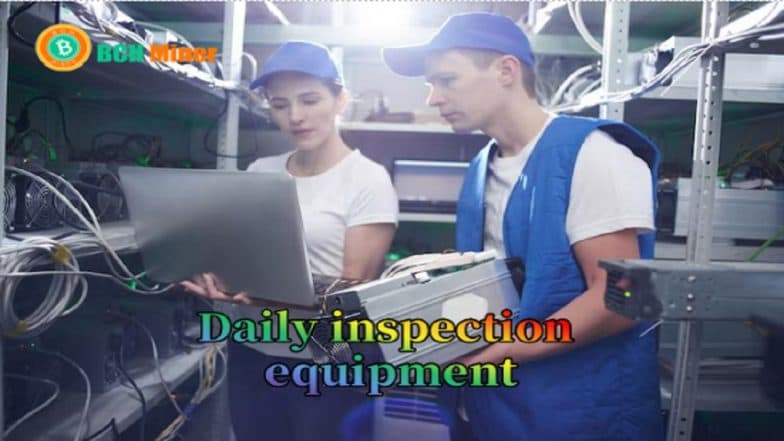Colorado could come across as dinosaur-obsessed — and with good reason.
The Rocky Mountain West has unparalleled access to artifacts from the dinosaur age because the uplift that formed the mountains unearthed layers of rock that were buried for millennia prior, said Bruce Schumacher, senior paleontologist with the U.S. Forest Service.
That’s why when development companies start digging on new projects, they often stumble across dino remains. Even the Colorado Rockies’ triceratops mascot, Dinger, was inspired by fossil fragments found during the construction of Coors Field.
Because of that, the state boasts a robust paleontology community which, in turn, means many fossils end up on display locally. All the better for would-be dinosaur hunters.
Here are 10 places across Colorado where you can walk literally in the footsteps of long necks, see rare discoveries and even join an excavation.
Where to walk amongst the dinosaurs
Dinosaur Ridge (Morrison)
One of Colorado’s most iconic dinosaur locales is also one of its most easily accessible. Dinosaur Ridge in Morrison is a quick detour off I-70 and replete with fossils and tracks that are visible from a paved, two-mile road. The site includes a visitors’ center with indoor exhibit halls, kid-friendly digging areas and a gift shop. Those looking for more adventure can traverse the Triceratops Trail, a 1.5-mile gravel path that starts in Golden and provides access to a rare Tyrannosaurus Rex footprint. Be aware that Dinosaur Ridge is immensely popular, welcoming about 250,000 visitors per year. Guided tours are available in both areas. Free; more information at dinoridge.org.
Dinosaur National Monument (Dinosaur)
The town of Dinosaur adopted its name in 1966 as a harbinger of its greatest asset, the Dinosaur National Monument. The 210,000-acre monument encompasses desert canyons in both Colorado and Utah where visitors can recreate and get a prehistory lesson. The most famous attraction is the Quarry Exhibit Hall, located in Utah, which features a vertical rock wall where 1,500 dino bones have been carefully excavated so they are visible as they would be at an active dig. While there aren’t fossils on the Colorado side of the monument, there are numerous places to camp, hike, raft, see petroglyphs and take a scenic, dinosaur-inspired drive. Day entry costs $15 to $25 depending on your vehicle, or it’s included with the purchase of a national parks pass; more info at nps.gov/dino/index.htm.

Picket Wire Canyonlands (La Junta)
Southeastern Colorado is home to North America’s largest tracksite, which features more than 1,900 prints representing more than 130 different dinosaurs. Nestled deep within the Picket Wire Canyonlands (part of the Comanche National Grasslands near La Junta and Trinidad), hikers need to trek more than 11 miles round trip on foot to visit Dinosaur Lake in the remote Purgatoire River valley. But folks say it’s worth it to see the thousands of tracks from herbivorous sauropods, carnivorous theropods on two legs, and even tracks from what experts believe to be a familial herd of dinosaurs. Free; more information at fs.usda.gov/recarea/psicc/recarea/?recid=77620.
Rabbit Valley Trail Through Time (Mack)
If you’ve ever wanted to see a working quarry, the town of Mack, about 30 miles west of Grand Junction, is the place. The Rabbit Valley Trail Through Time is a 1.5-mile walkable loop that skirts a quarry where excavators have found thousands of bones from Jurassic-period giants like Camarasaurus and Allosaurus. The site turned up one of the oldest known fossils from a species called Iguanodon. Free; more information at blm.gov/visit/rabbit-valley-trail-through-time.

West Gold Hill Dinosaur Tracksite (Ouray)
One of the world’s most intriguing dinosaur tracksites recently became part of the public domain. The West Gold Hill Tracksite in Ouray is unique because of both its size and pattern, which show a sauropod taking 134 consecutive steps and making a 270-degree turn. The tracksite has long been an open secret among locals, but since the U.S. Forest Service acquired the land where it resides in April, the agency is now prompting its whereabouts. Expect a steep hike up to 9,300 feet in elevation to see the prints in person. Free; more information at fs.usda.gov/detail/gmug/news-events/?cid=FSEPRD1171521.
Where to see bones at their best
Dinosaur Journey Museum (Fruita)
Located in Fruita, about two hours south of the Dinosaur National Monument, the Dinosaur Journey Museum includes an exhibit hall with Jurassic-period fossils, life-size skeletal recreations, and animatronic dinosaurs including a T. Rex. Of particular note on display is a species called Fruitadens, one of the smallest non-bird dinosaurs ever discovered named for the town of Fruita where scientists found the first fossils. The museum also invites locals of all ages to join in real dino digs each summer. Tickets cost $9 for adults and $5 kids; more information at museumofwesternco.com/visit/dinosaur-journey.

Denver Museum of Nature and Science (Denver)
There’s lots to explore at the Denver Museum of Nature and Science, but dinosaur lovers will want to start on the building’s third level where skeletons tower over the exhibit hall and immerse visitors in the dinosaur age. Exhibits cover the ages pre- and post-dinosaurs, so patrons can learn about ancient plants, reptiles and mammals, and how the climate has evolved. There are also fossils guests can touch and an Earth Sciences Lab where volunteers prepare fossils for onsite displays. Tickets cost $24.95 for adults and $19.95 for kids, with additional fees for access to additional attractions like the planetarium; more information at dmns.org.
Morrison Natural History Museum (Morrison)
Located five miles from the show-stopping Dinosaur Ridge, the Morrison Natural History Museum contextualizes Colorado’s role in the dinosaur age with fossil displays, history through the Ice Age, and hands-on exhibits. The museum, located in a refurbished cabin, is fueled by ongoing research that it does in-house as a nonprofit organization. It allows non-professionals to join excavations, too. General admission tickets cost $18 and kids’ admission costs $12; more information at morrisonco.us/335/Morrison-Natural-History-Museum.

The Rocky Mountain Dinosaur Resource Center (Woodland Park)
The Rocky Mountain Dinosaur Resource Center near Colorado Springs is something of a showroom for its parent company, Triebold Paleontology, Inc., which has been collecting fossils since 1989. Its founder Mike Triebold is said to have discovered several “firsts” in the field, such as the first complete and intact skeleton of Protosphyraena perniciosa, a prehistoric fish. In 2022, the Triebold Paleontology team discovered a juvenile T. Rex and many of the bones they have so far are on display, including shoulder bones and vertebrae. The bones indicate the animal was injured while alive and some also have gnaw marks on them from after it was deceased. Tickets cost $13 for adults and $9 for children; more information at rmdrc.com.
Royal Gorge Dinosaur Experience (Cañon City)
At the Royal Gorge Dinosaur Experience in Cañon City, visitors don’t get to just look at fossils and relics, they also get to play among them. In addition to a 10,000-square-foot museum, the venue includes a digging area for kids to excavate their own treasures, a “wild walk” that takes patrons through a landscape dotted with life-size animatronic dinos, and two ropes courses that offer aerial views of all of the above plus the Sangre de Cristo Mountains and the Royal Gorge Bridge. The venue is near an active quarry called the Garden Park Fossil Area, the site of the Bone Wars in the 19th century, so you could swing by both places on one trip. Tickets range $15 to $41.95 for adults and $12 to $31.95 for kids depending on how many attractions you want to experience; more information at dinoxp.com.
Subscribe to our weekly newsletter, The Adventurist, to get outdoors news sent straight to your inbox.







